Ten questions about the 2017 astronaut class
The candidates will be announced at an event at Johnson Space Center in Houston at 1 p.m. CDT on June 7. You can find more information on how to watch the announcement here.
1. What are the qualifications for becoming an astronaut?
Applicants must meet the following minimum requirements before submitting an application.
- Bachelor’s degree from an accredited institution in engineering, biological science, physical science, computer science or mathematics.
- Degree must be followed by at least three years of related, progressively responsible, professional experience, or at least 1,000 hours of pilot-in-command time in jet aircraft.
- Ability to pass the NASA astronaut physical.
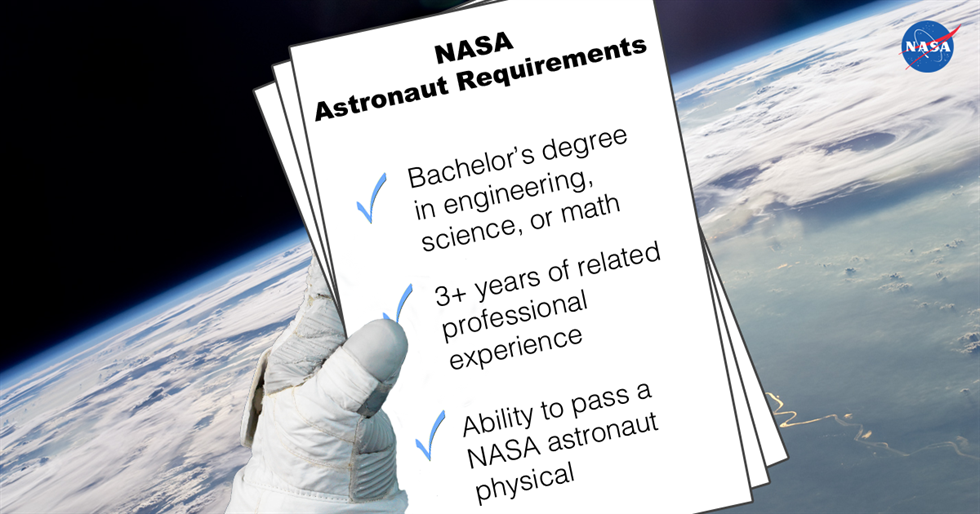
The checklist above lists the basic requirements for applying to become an astronaut during the most recent selection process.
2. What have selections looked like in the past?
There have been 22 classes of astronauts selected, from the original “Mercury Seven” in 1959 to the most recent 2017 class. Other notable classes include:
- The fourth class in 1965, known as “The Scientists,” because this academic experience was favored over pilot skills.
- The eighth class in 1978 was a huge step forward for diversity, featuring the first female, African-American and Asian-American selections.
- The 16th class in 1996 was the largest class yet with 44 members – 35 U.S. astronauts and nine international astronauts. They were selected for the frequent space shuttle flights and the anticipated need for International Space Station crew members.
- The 21st class in 2013 was the first class to have a 50/50 gender split, with four female members and four male members.
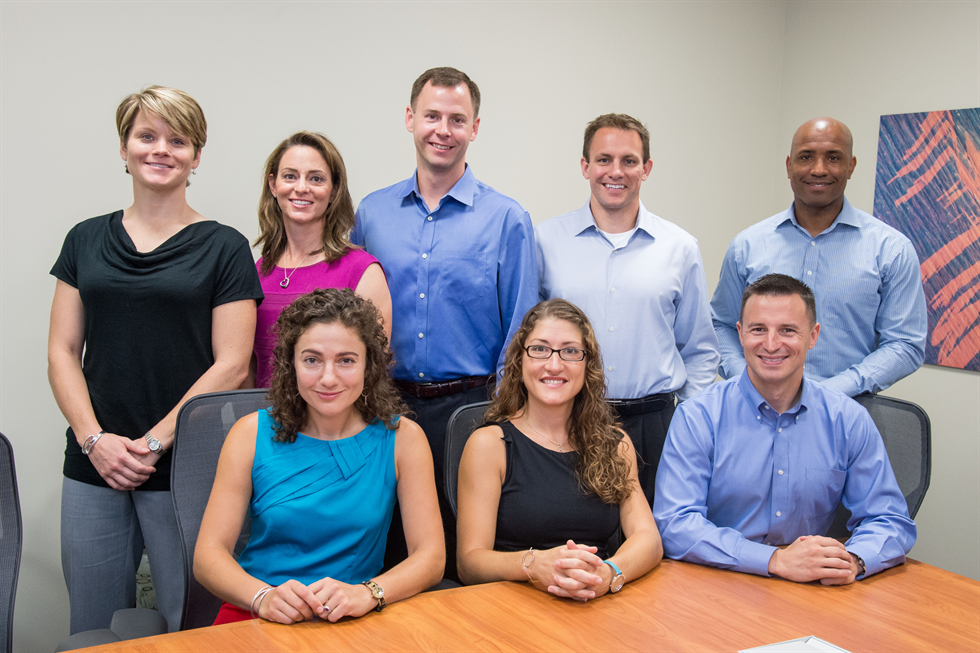
The most recent group of astronauts selected in 2013 was the first class to be comprised of 50 percent female and 50 percent male candidates. Image Credit: NASA
3. What vehicles will they fly in?
They could be assigned on any of four different spacecraft: the International Space Station, NASA’s Orion spacecraft for deep space exploration, or one of two American-made commercial crew spacecraft currently in development—Boeing’s CST-100 Starliner or the SpaceX Crew Dragon.
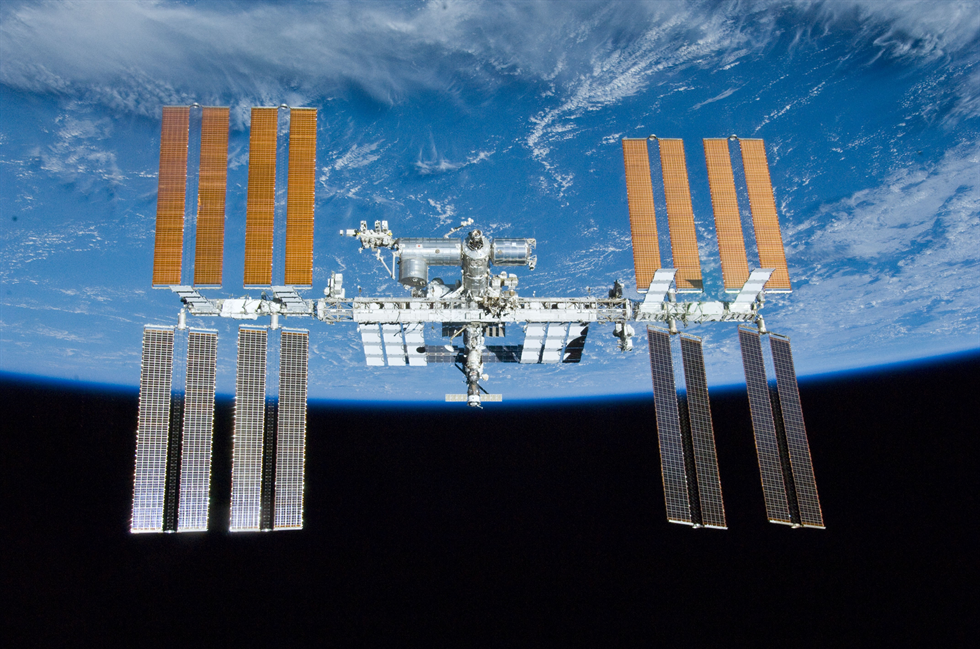
Missions to the International Space Station aboard American-made commercial crew spacecraft currently in development are one of the many journeys the 2017 astronauts may embark. Image Credit: NASA
4. Where will they go?
These astronauts will be part of expanded crews aboard the space station that will significantly increase the crew time available to conduct the important research and technology demonstrations that are advancing our knowledge for missions farther into space than humans have gone before, while also returning benefits to Earth.
They will also be candidates for missions beyond the moon and into deep space aboard our Orion spacecraft on flights that help pave the way for missions to Mars.
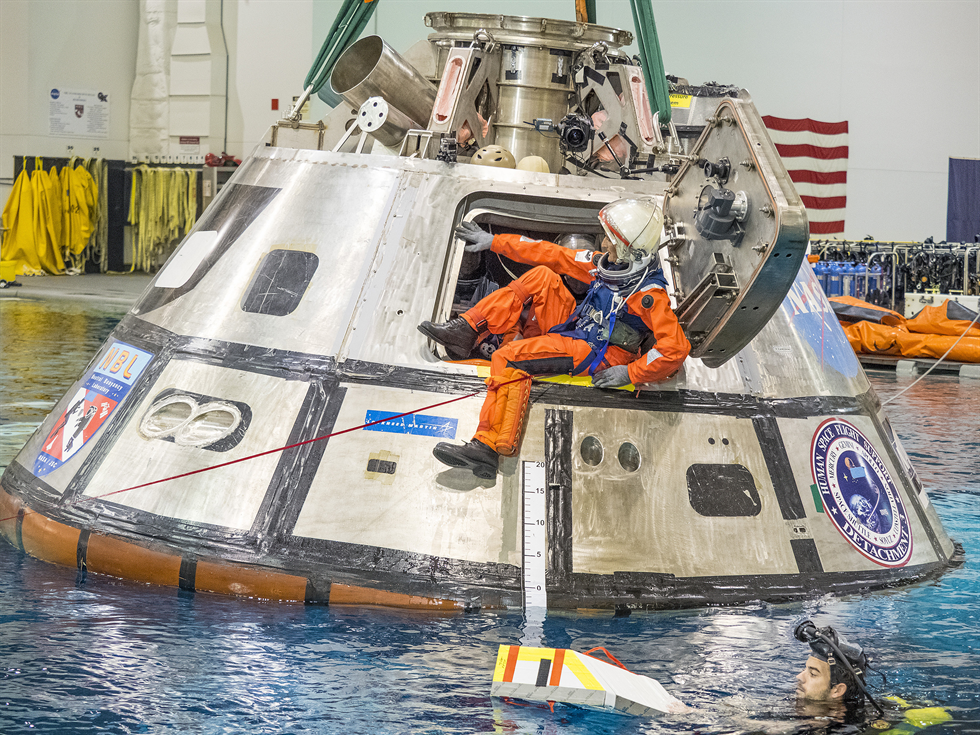
The 2017 candidates could fly on any of four vehicles, including NASA’s Orion spacecraft for deep space exploration, pictured above. Image Credit: NASA
5. What will their roles be?
After completing two years of general training, these astronaut candidates will be considered full astronauts, eligible to be assigned spaceflight missions. While they wait for their turn, they will be given technical duties within the Astronaut Office at Johnson. Technical duties can range from supporting current missions in roles such as CAPCOM in Mission Control to advising on the development of future spacecraft.
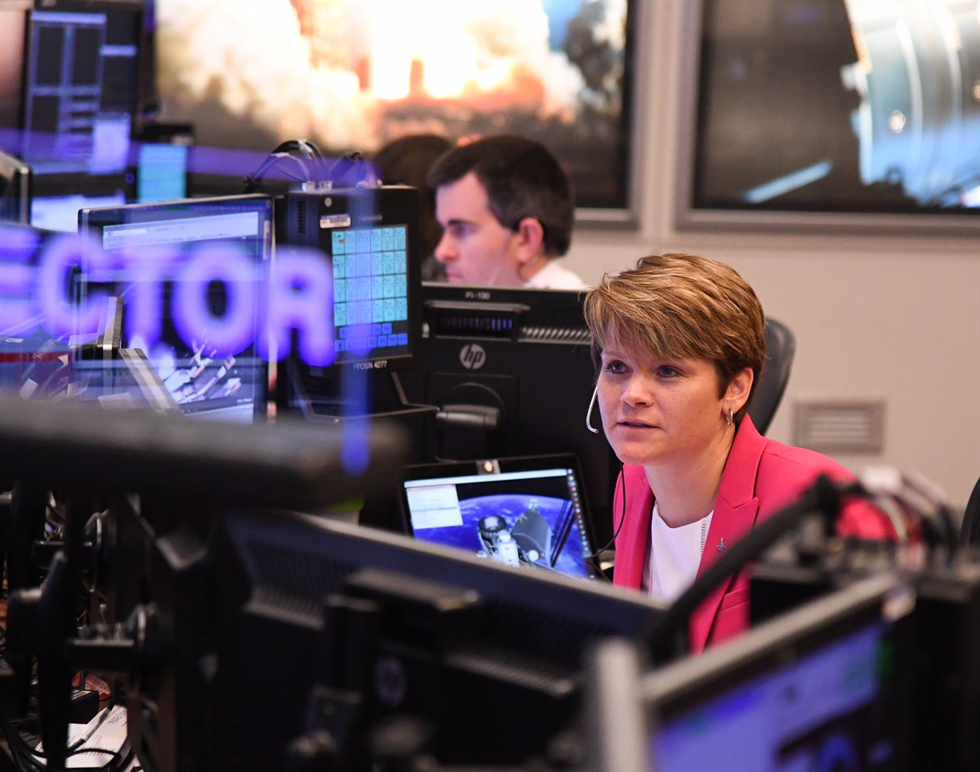
Astronaut Anne McClain serves as a Capsule Communicator (CAPCOM) in mission control, relaying instructions from the ground team to the crew on the space station. Image Credit: NASA
6. What will their training look like?
The first two years of astronaut candidate training will focus on the basic skills astronauts need. They’ll practice for spacewalks in Johnson’s 60-foot deep swimming pool, the Neutral Buoyancy Lab, which requires SCUBA certification. They’ll also simulate bringing visiting spacecraft in for a berthing to the space station using its robotic arm, Canadarm2, master the ins and outs of space station system and learn the Russian language. And, whether they have previous experience piloting an aircraft or not, they’ll learn to fly NASA’s fleet of T-38s. In addition, they’ll perfect their expeditionary skills, such as leadership and followership, through activities like survival training and geology treks.
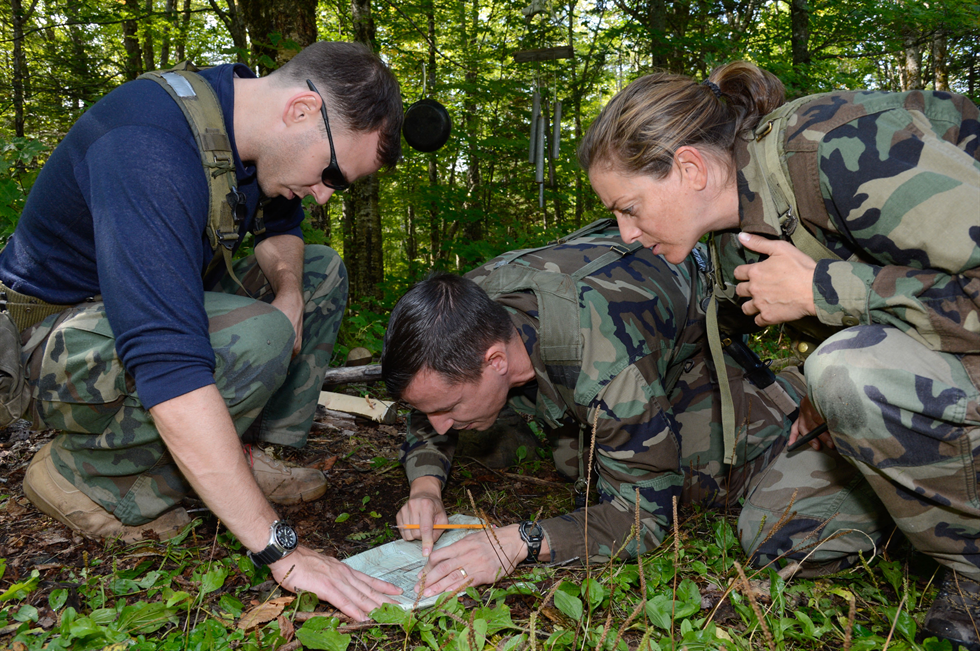
Part of the extensive training program along the way to become full-fledged astronauts is land survival training. The 2013 class of astronaut candidates is pictured above. Image Credit: NASA
7. What kinds of partners will they work with?
They will join a team that supports missions going on at many different missions going on at NASA centers across the country, but they’ll also interact with commercial partners developing spaceflight hardware. In addition, they will work with NASA’s international partners around the globe: ESA (the European Space Agency), the Canadian Space Agency, the Japan Aerospace Exploration Agency and Russian space agency, Roscosmos.
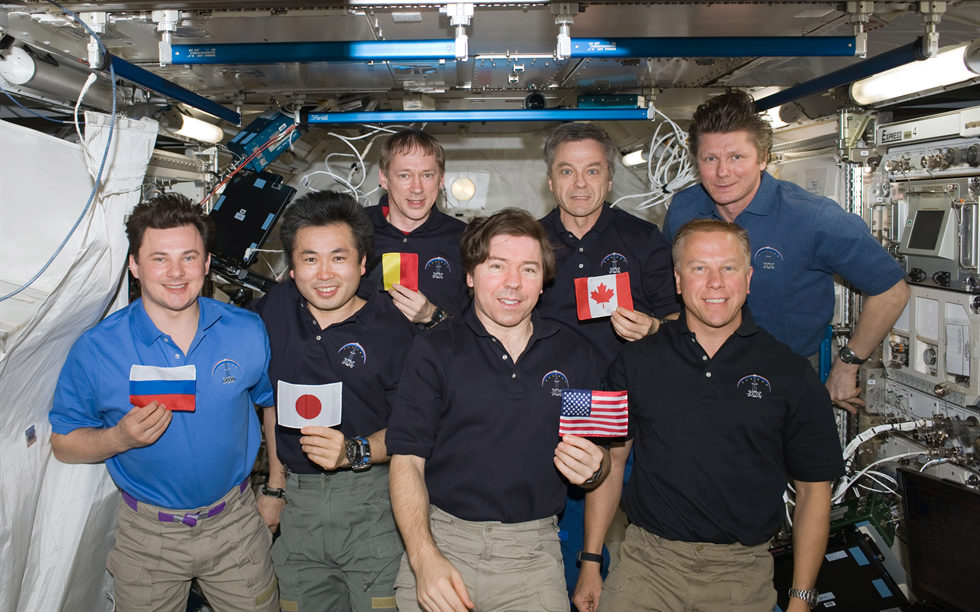
During Expedition 20, all five space station partner nations were represented together aboard the station for the first time. Pictured here, from left to right, is Russian Federal Space Agency cosmonaut Roman Romanenko; Japanese astronaut Koichi Wakata; European astronaut Frank De Winne; NASA astronaut Michael Barratt; Canadian Space Agency astronaut Bob Thirsk; NASA astronaut Tim Kopra, and cosmonaut Gennady Padalka. Image Credit: NASA
8. How does the selection process work?
All 18,353 of the applications submitted were reviewed by human resources experts to determine if they met the basic qualifications. Those that did were then each reviewed by a panel of about 50 people, made up primarily of current astronauts. Called the Astronaut Rating Panel, that group narrowed the applicants down to a few hundred of what they considered the most highly qualified individuals, whose references were then checked. From that point, a smaller group called the Astronaut Selection Board brought in the top 120 applicants for an intense round of interviews and some initial medical screening tests. That group is further culled to the top 50 applicants afterward, who are brought back for a second round of interviews and additional screening. The final candidates are selected from that group.
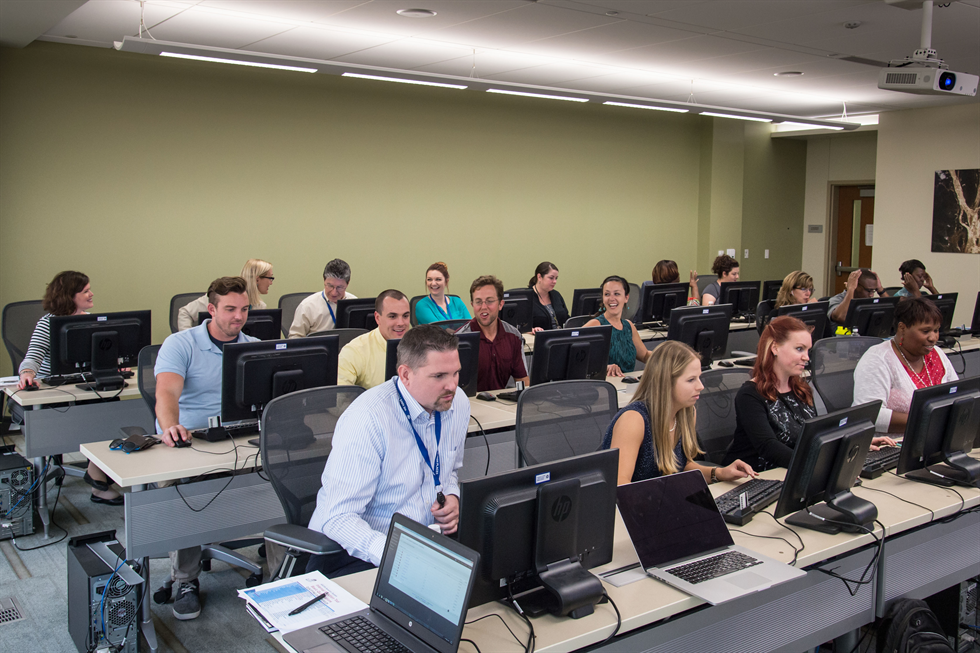
The Astronaut Application Review team, comprised of members from NASA’s Human Resources Office, reviews submissions during the astronaut selection process. Image Credit: NASA
9. How do they get notified?
Each applicant selected to become an astronaut receives a phone call the head of the Flight Operations Directorate at NASA’s Johnson Space Center and the chief of the astronaut office. They’re asked to share the good news with only their immediate family until their selection has been officially announced by NASA.
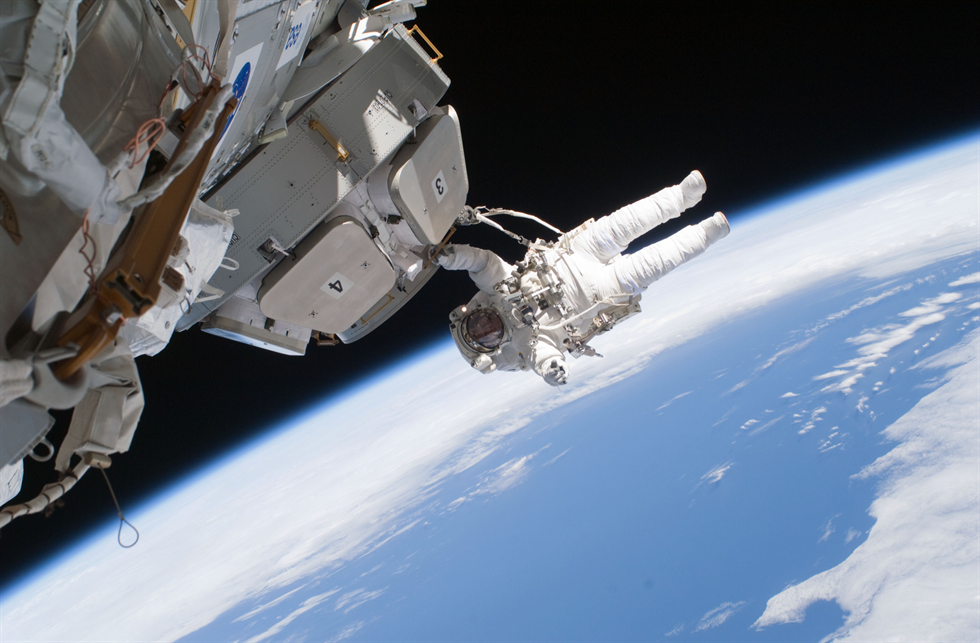
With a phone call from NASA, an applicant is launched into astronaut candidate training. Image Credit: NASA
10. How does the onboarding process work?
Astronaut candidates will report for duty at Johnson Space Center in August 2017, newly fitted flight suits in tow, and be sworn into civil service. Between their selection and their report for duty, they will make arrangements to leave their current positions and relocate with their family to Houston.
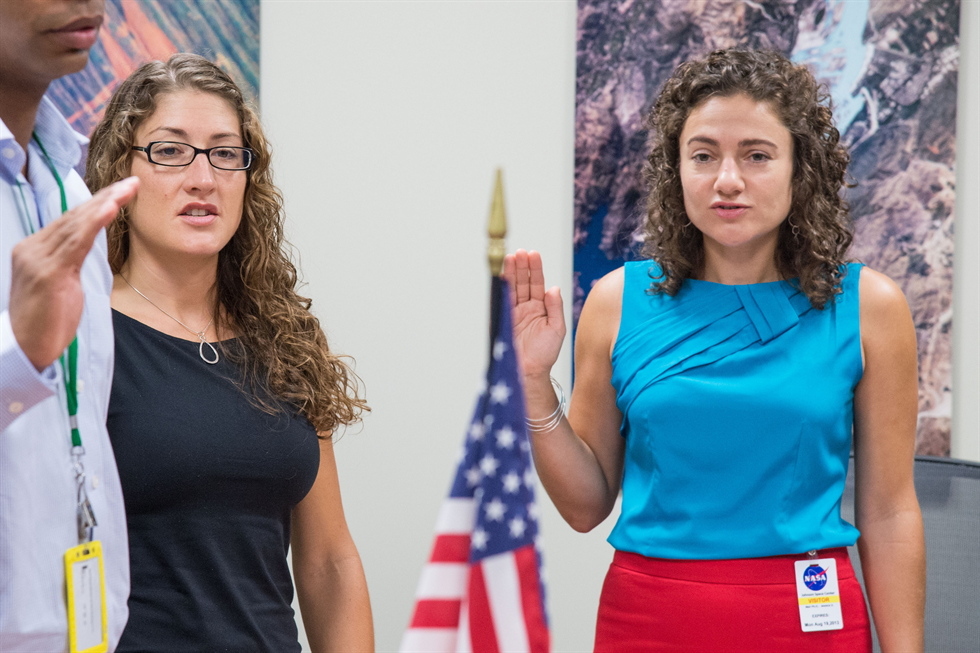
Christina Hammock (left) and Jessica Meir receive their swearing in as NASA employees at Johnson Space Center on Aug. 12, 2013. The two represent one-fourth of the 2013 class of astronaut candidates. Image Credit: NASA







